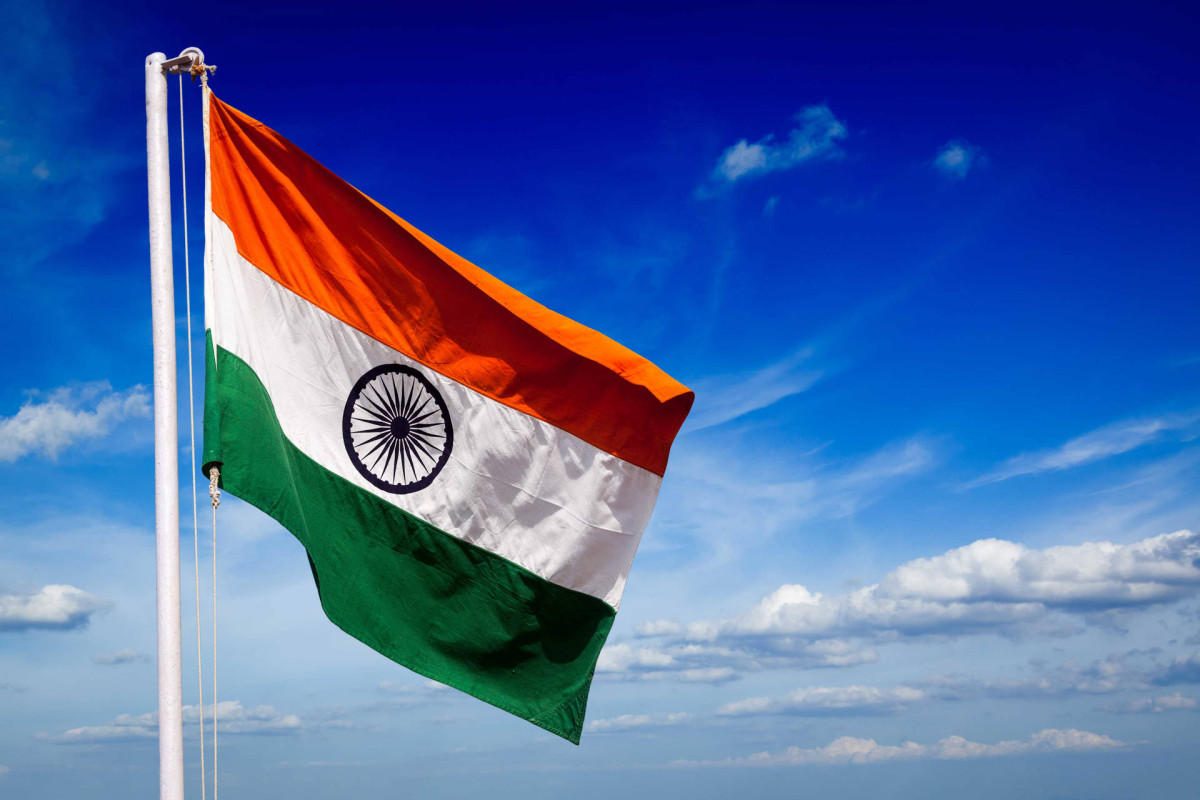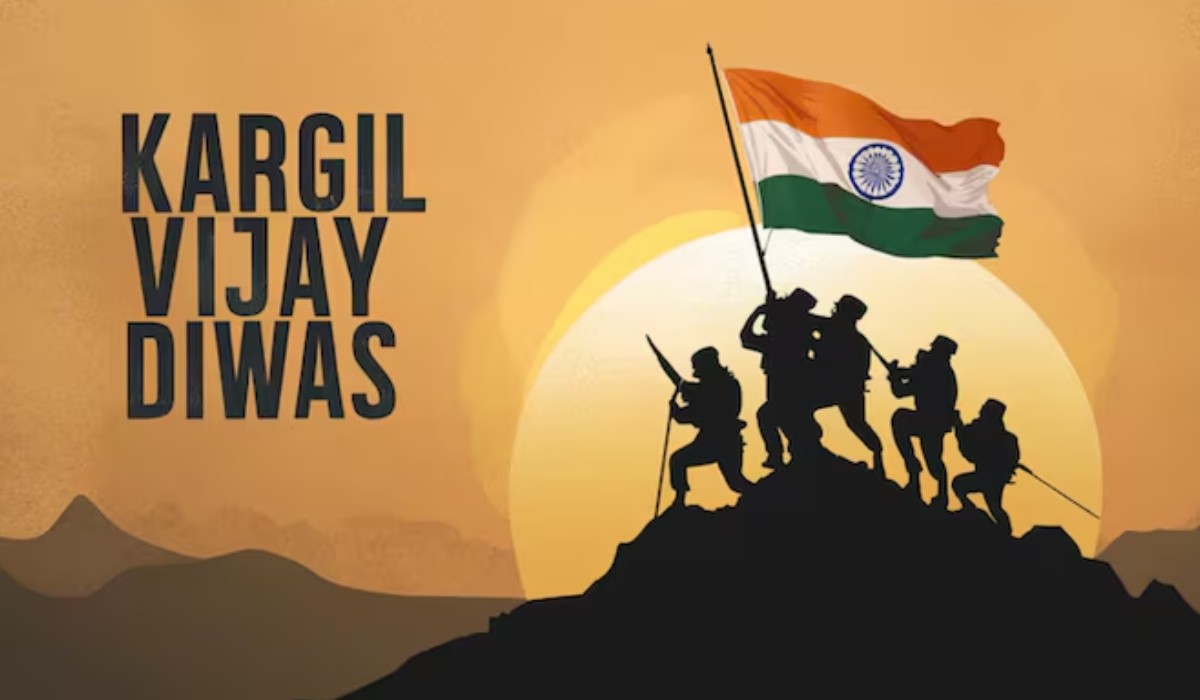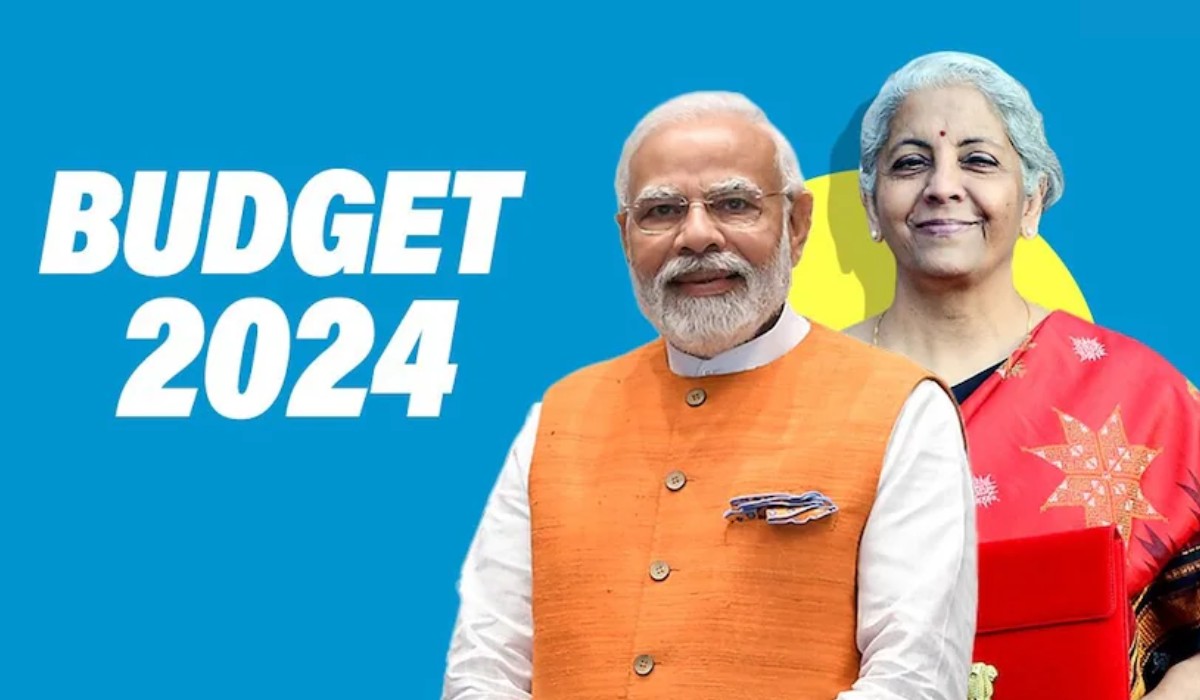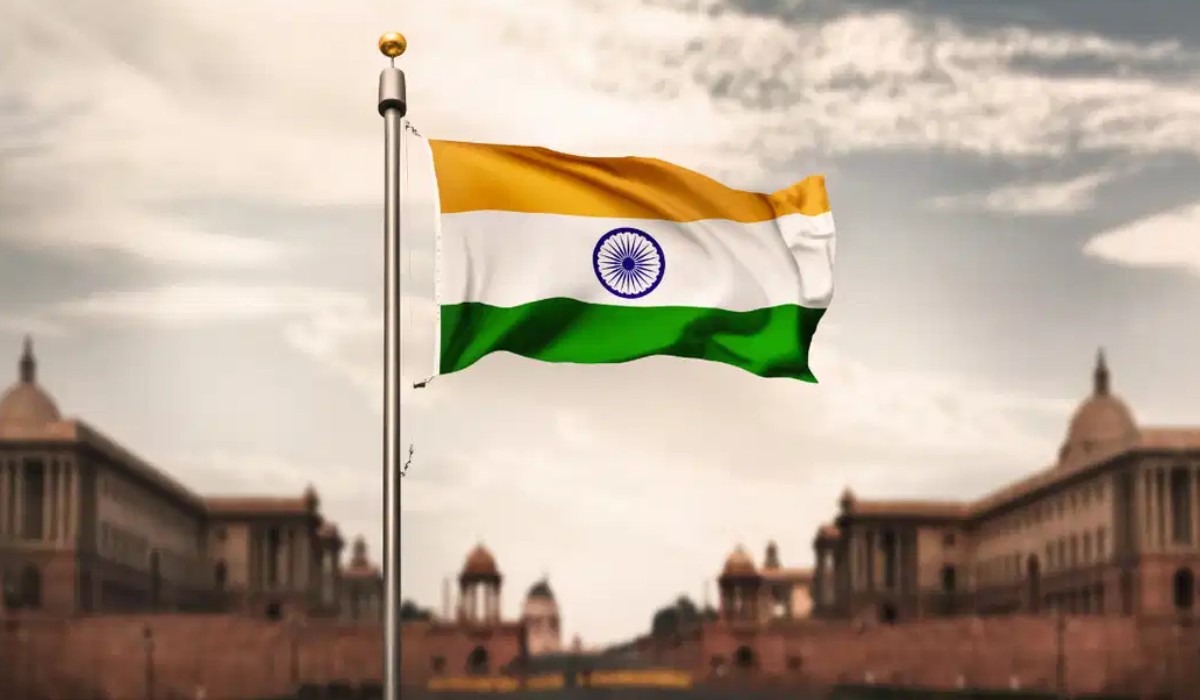Vijay Diwas, also known as Kargil Vijay Diwas, is celebrated on 26th July every year in India. It is celebrated to commemorate the victory of the Indian Armed Forces in the Kargil War of 1999. The conflict took place in the Kargil district of Jammu and Kashmir. Pakistani infiltrators and soldiers occupied strategic positions along the Line of Control (LOC).
The war officially started in May 1999 and lasted for about two months until July. It was a high-altitude conflict that involved intense fighting and extreme weather conditions. The Indian Army, along with the Indian Air Force, launched “Operation Vijay” to recapture the infiltrated posts and drive out the Pakistani forces.
Indian Forces Recapture Strategic Positions and Evict Pakistani Troops
The Kargil War was a significant milestone for India. It showcased the determination and valor of the Indian soldiers who fought under challenging circumstances. The conflict came to an end on 26th July 1999 when the Indian forces successfully regained control of the strategic positions. It led to the eviction of Pakistani troops from the region.
Vijay Diwas is observed as a day of remembrance and gratitude. Also, symbolizing the ultimate sacrifice made by brave soldiers to safeguard the nation’s integrity and sovereignty. Additionally, it serves as a significant occasion to honor courage and bravery. On this day, various ceremonies, functions, and events are meticulously organized across the country. It is organized to commemorate the victory and express heartfelt gratitude to the armed forces personnel.
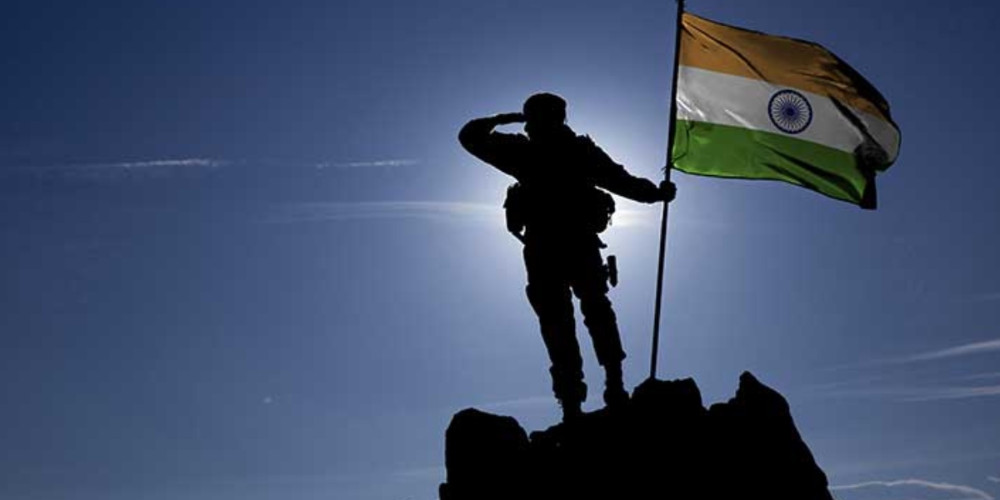
Key Events of the Kargil War:
- The Kargil conflict started in May 1999 when Indian intelligence agencies detected Pakistani intruders. They had occupied high-altitude posts in the Kargil region.
- The war officially began on May 3, 1999, and lasted for about two months until July 26, 1999.
- The Indian Army, along with the Indian Air Force, launched “Operation Vijay” to recapture the occupied posts and push back the Pakistani forces.
Main Objectives of Operation Vijay:
- Eviction of Pakistani Forces: The primary goal was to drive out the Pakistani intruders from the Indian territory they had captured.
- Preservation of LOC: The Indian forces aimed to maintain the sanctity of the Line of Control and prevent further infiltration attempts.
- Avoid Escalation: The conflict was managed in a way to avoid escalation into a full-scale war between India and Pakistan.
Significance of Vijay Diwas:
- Symbol of Valour: Vijay Diwas is a testament to the courage, determination, and sacrifice of the Indian Armed Forces who fought bravely under challenging circumstances in the high-altitude terrain.
- Triumph of Resilience: It highlights India’s determination to defend its territorial integrity and sovereignty against any external aggression.
- National Unity: The Kargil War brought the nation together, and Vijay Diwas is a reminder of the strength and unity of the Indian people.
- Remembering the Martyrs: The day is an occasion to pay homage to the brave soldiers who made the ultimate sacrifice for the country during the conflict.
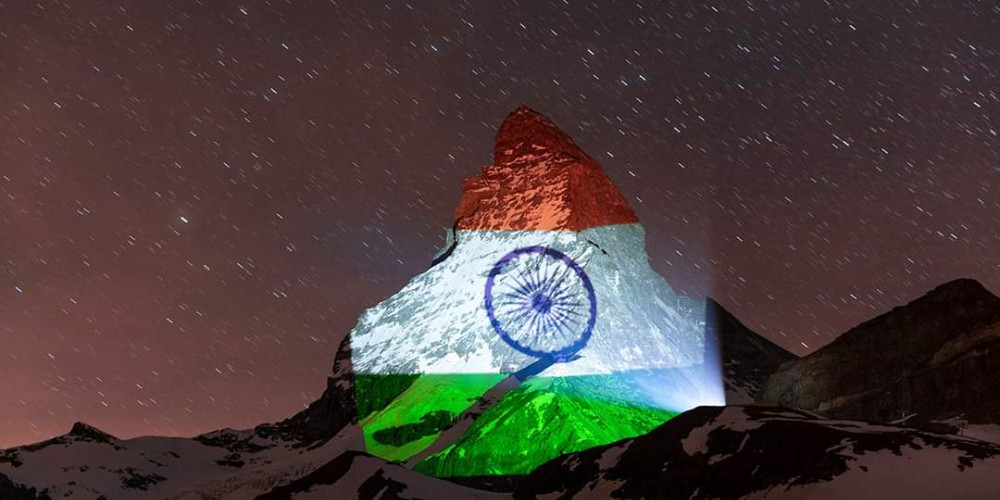
Celebration of Vijay Diwas:
- On 26th July each year, the nation honors the heroes and martyrs of the Kargil War through various events, ceremonies, and tributes organized at the Kargil War Memorial in Dras, Jammu and Kashmir, and other locations across the country.
- The President of India, Prime Minister, and other dignitaries pay homage to the fallen soldiers at the Amar Jawan Jyoti, India Gate, New Delhi.
- Wreaths are laid, and the national flag is hoisted at half-mast in military establishments as a mark of respect.
Also, Vijay Diwas holds a significant place in India’s history. It serves as a poignant reminder of the bravery and sacrifice of the Indian Armed Forces. Moreover, it is a day to remember the indomitable spirit and unwavering commitment of the soldiers. They defended the nation with valor and secured victory in the Kargil War.
Also Read: The Captivating History of Twitter’s Iconic Blue Bird







